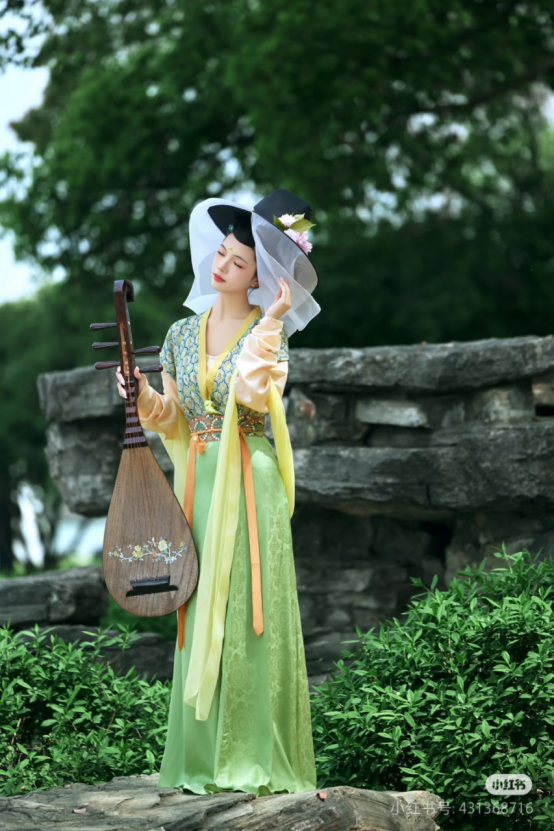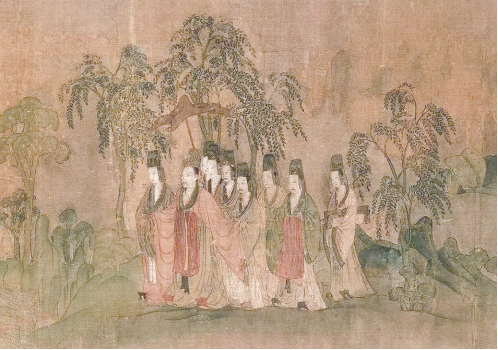Chinese traditional clothing originated from Chinese culture. Against the backdrop of cultural revival, garments with Chinese charm gradually integrate with modern lifestyles, and modern Hanfu has emerged on the design stage.
Hanfu is an important style of traditional Chinese clothing. With its unique influence and representative image, it comprehensively reflects the rich cultural heritage of the Chinese nation. Nowadays, under new aesthetic requirements and standards, modern Hanfu serves as a continuation of traditional Hanfu and a bridge between the past and the present.

Which Design Elements Are Used in Modern Hanfu?
Hanfu design, representing the characteristics of China’s traditional civilization, has been rediscovered by the fashion design industry. Designers skillfully apply Hanfu style elements combined with modern design to create excellent works. Among them, nationally unique embroidery elements, patterns, and collar-lapel designs have become focal points of attention for designers, serving as design symbols to highlight national costume culture.

Designers generally retain the style of quju shenyi and transform it into commuting wear. Using silk fabric, paired with minimalist tailoring, while keeping the traditional cross-collar with right lapel design and integrating the neat lines of Western-style trousers, they successfully incorporate Hanfu into daily life without looking out of place.

Designers have also made slight improvements to the horse-face skirt, endowing more diversity in color selection and material composition. The design aesthetics of the traditional horse-face skirt, such as the radian of the skirt, pleated cutting, waist design, slit design, patchwork mix-and-match, and pattern innovation, have been revitalized. The horse-face skirt integrates modern elements, retains the elegance and gentle style of traditional Hanfu, and greatly meets the needs of more people for modern Hanfu wear at the same time.

Not only that, Ming-dynasty bijia (sleeveless coat) and waist skirts have also incorporated modern design elements, with more fashionable elements in tailoring and color matching. For example, zippers, pockets, and Velcro are added to cross-collar outerwear to make wearing Hanfu more convenient. Qixiong ruqun is no longer limited to traditional styles, simplifying complexity and reconstructing aesthetic elements have become the main principles of modern Hanfu design.

In modern design, more patterns and different colors are freely matched. Just like combining standing collars and pipa sleeves with Victorian-style skirt hems, it not only has the dignity of Ming Dynasty Hanfu but also reveals the grandeur of European court.

Fabrics
In addition to traditional silk, cotton, and linen, modern Hanfu uses memory fabrics and waterproof fabrics. Pattern designs incorporate more modern elements, and accessories have become richer—metal hair crowns, magnetic-button pouches, detachable embroidered shawls, etc. Through such modular design, users can freely combine long/short sleeves, clothing styles, colors, and patterns, making traditional Hanfu practically suitable for modern life.
Of course, the modern reconstruction of Hanfu cannot deviate from the design foundation and cultural heritage of traditional Hanfu, nor can it arbitrarily distort the traditional specifications under the guise of Hanfu design. We should uphold the basic design principles of traditional Hanfu, put people first, embrace diversity, and build a towering symbol of national cultural development in the new era upon the foundation of traditional Hanfu.







